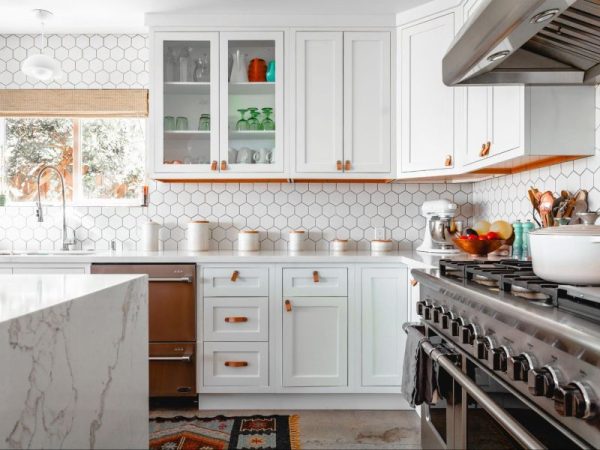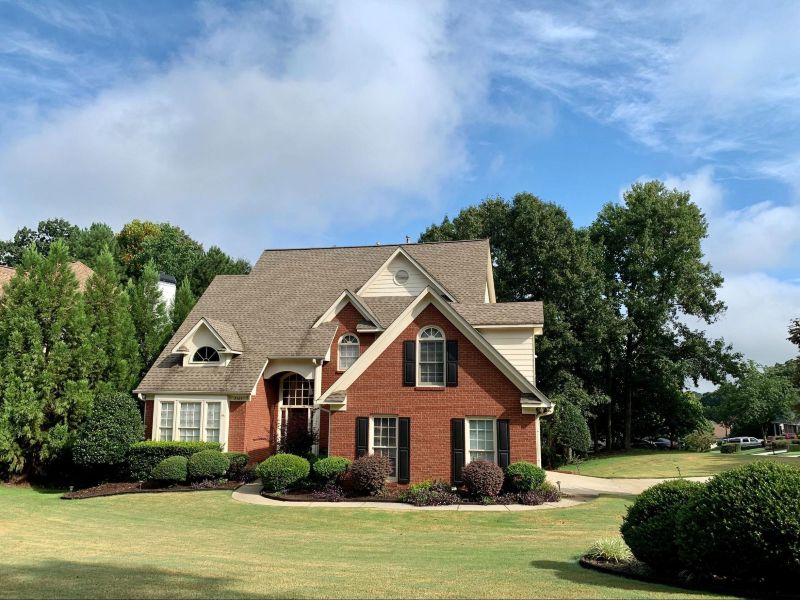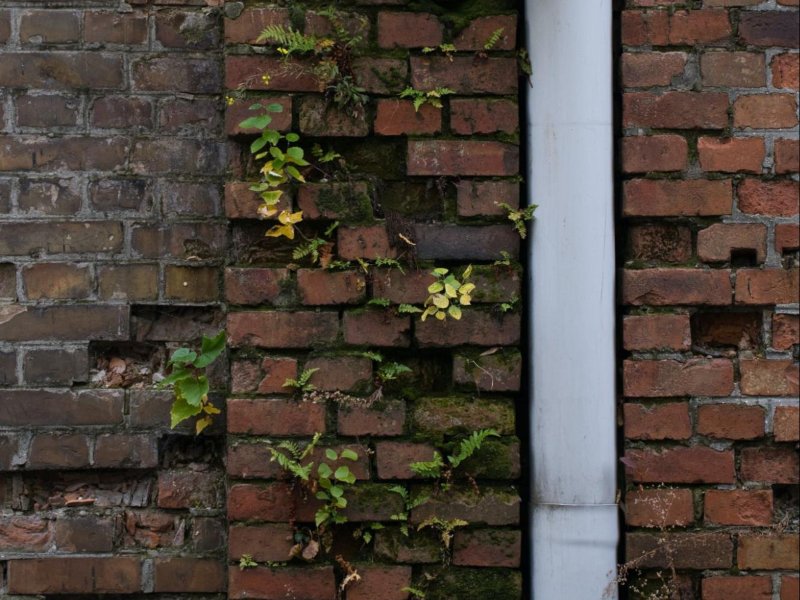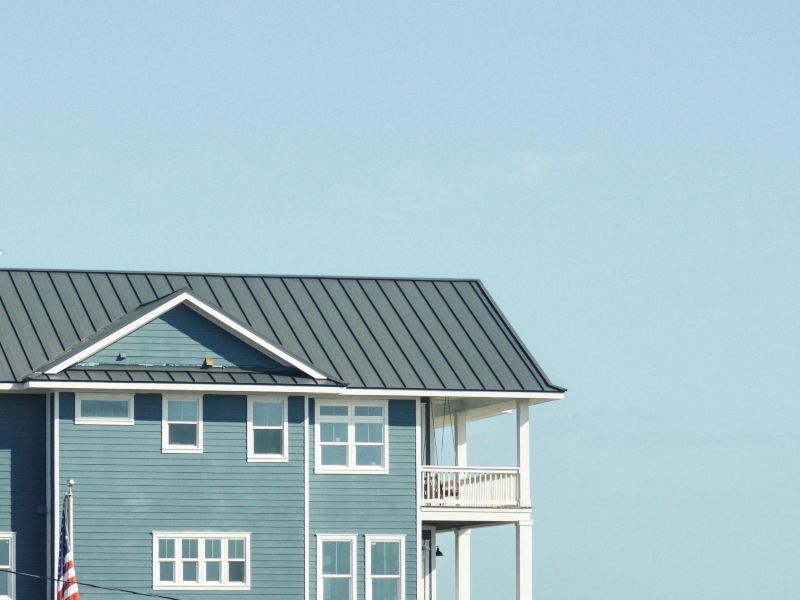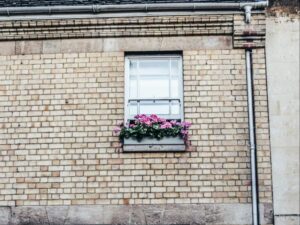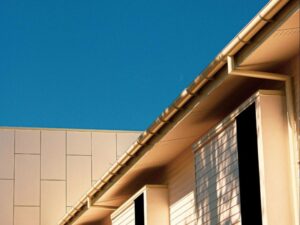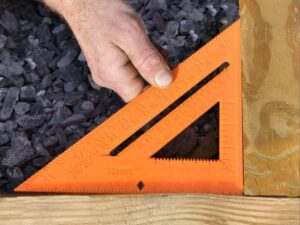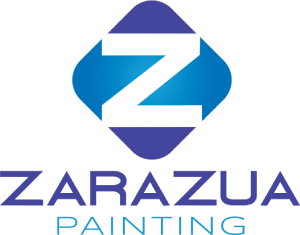When it comes to giving your kitchen or bathroom a fresh look, painting your cabinets can be a cost-effective and transformative solution. Not only does it update the aesthetics, but it can also extend the lifespan of your cabinets. However, before embarking on a cabinet painting project, it’s essential to understand the cost breakdown to budget effectively. In this comprehensive guide, we will delve into the various factors that contribute to the cost of cabinet painting, helping you make informed decisions and achieve the results you desire.
Cabinet Material
The material of your cabinets plays a crucial role in determining the cost of your painting project. Different materials require varying levels of preparation and may need more or fewer coats of paint. Here are some common cabinet materials:
- Wood: Wooden cabinets are among the most popular. They provide an excellent surface for paint adherence but may require more preparation if they have intricate detailing or existing finishes.
- MDF (Medium Density Fiberboard): MDF cabinets are more affordable but may need additional priming to ensure a smooth paint application.
- Laminate: Laminate cabinets can be painted, but they require thorough cleaning and the application of a special primer to promote adhesion.
- Thermofoil: Thermofoil cabinets, often found in more modern kitchens, can be trickier to paint, as the surface is less porous. They may require professional expertise.
The type of material will influence the amount of labor, preparation, and materials needed for the project.
Cabinet Size and Quantity
Naturally, the size and quantity of cabinets you plan to paint significantly impact the overall cost. A kitchen with more cabinets or larger cabinet surfaces will require more paint, time, and labor. Ensure you have an accurate count of cabinets to get a more precise estimate.
Paint Type
The type of paint you choose is another critical factor in the cost breakdown. Generally, you have two primary options:
- Latex Paint: Latex paint is water-based and is a popular choice for cabinet painting. It dries quickly, has low odor, and is easy to clean up. It’s available in various sheens, from matte to high-gloss, allowing you to achieve your desired look. While it’s cost-effective, it may not be as durable as oil-based paint.
- Oil-Based Paint: Oil-based paint is known for its durability and smooth finish. It’s an excellent choice for high-traffic areas like kitchens. However, it has a longer drying time, requires proper ventilation, and can be more challenging to clean up. It may also be more expensive than latex paint.
Your paint choice will impact not only the cost but also the longevity and overall quality of the project.
Color and Finish
The color and finish you select for your cabinets can affect both the cost and the overall aesthetic. Lighter colors may require additional coats to achieve full coverage, potentially increasing labor and material costs. High-gloss finishes tend to be more expensive due to the extra materials needed and the added labor to achieve a flawless, reflective surface. Discuss your color and finish preferences with your painting professional to get an accurate cost estimate.
Preparation Work
Proper preparation is critical for a successful cabinet painting project. The more extensive the prep work, the more labor hours will be involved, impacting the cost. Preparation tasks may include:
- Cleaning: Cabinets must be thoroughly cleaned to remove dirt, grease, and grime before painting.
- Sanding: Sanding the cabinet surfaces ensures that the paint adheres well and creates a smooth finish.
- Priming: Depending on the material and condition of your cabinets, a quality primer may be necessary to promote paint adhesion and prevent bleed-through of stains.
- Repairs: If your cabinets have damage, such as dents, scratches, or loose hinges, repairs will add to the overall cost.
The extent of preparation work required will be assessed by your painting professional and factored into the cost estimate.
Professional Labor
While some homeowners may opt for a DIY approach to cabinet painting, hiring a professional ensures a high-quality, long-lasting finish. Professional labor costs can vary depending on your location, the experience of the painter, and the complexity of the project. Typically, professional cabinet painters charge based on factors like square footage, cabinet quantity, and the level of detail.
Location
Geographical location can impact the cost of cabinet painting due to variations in labor rates, the cost of living, and market demand. Urban areas, for instance, may have higher labor costs compared to rural regions. It’s essential to obtain quotes from local painting professionals to get an accurate estimate for your specific location.
Removal and Reinstallation
Consider whether you want to remove and reinstall the cabinet doors and hardware yourself or if you prefer the painting professional to handle this. Professional removal and reinstallation may come at an additional cost but can save you time and effort.
Additional Options
Depending on your preferences and needs, you may opt for additional options that can impact the overall cost:
- New Hardware: Upgrading cabinet hardware can give your cabinets a fresh look. The cost will vary depending on the hardware you choose.
- Extra Features: If you want extra features like decorative trim, molding, or glass inserts, this will add to the cost.
- Sealing or Protecting Finish: For added durability, you might consider adding a protective finish, which can increase the project’s cost.
Contingency Budget
It’s wise to set aside a contingency budget of about 10-15% of the total estimated cost to account for any unforeseen issues or changes during the project. This ensures you’re prepared for unexpected expenses without exceeding your budget.
Conclusion
Before embarking on your cabinet painting project, it’s essential to have a comprehensive understanding of the cost breakdown. Consider the material of your cabinets, the quantity and size, the type of paint, color and finish, necessary preparation work, professional labor, location, removal and reinstallation, and any additional options you might want to explore. A well-planned budget will help you achieve the results you desire, whether it’s a simple refresh or a complete cabinet transformation. Consult with professional painters for accurate estimates and ensure your project is executed to perfection.


